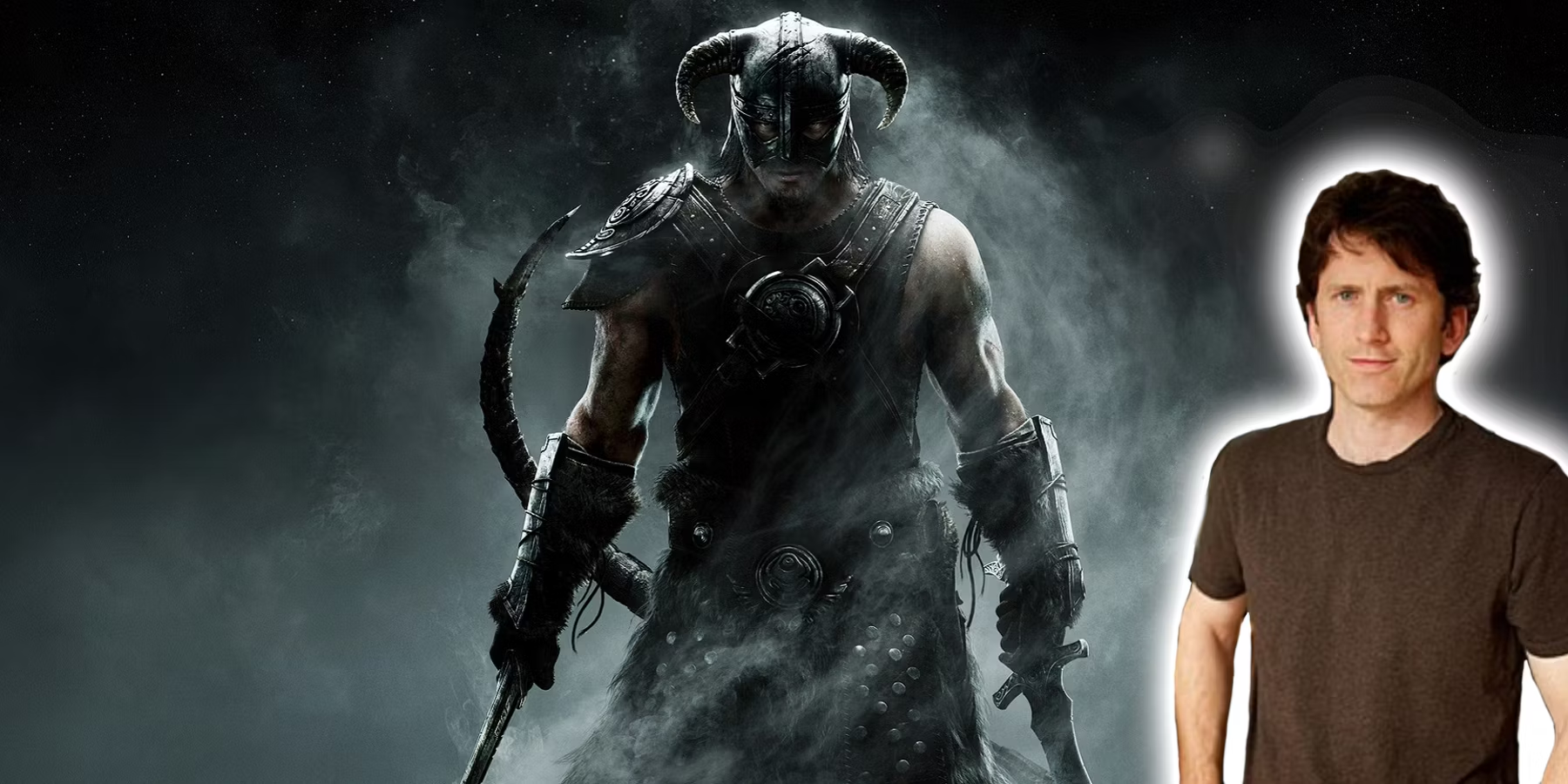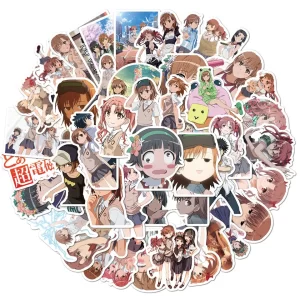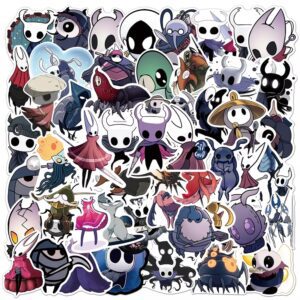A week ago, I shared a quick Q/A with Eon Gaming, the company responsible for the GCHD. Having spent a week with the device, I can now tell you that it is worth it’s weight in gold. If you are a fan on the Nintendo GameCube, then there’s no better way to enjoy your games in 2019.
Packaging:
From the time your unit arrives, it’s made very clear that Eon Gaming is all about quality. The GCHD packaging is incredibly attractive, and even collectible. When you consider they could have easily wrapped this unit up in plastic and sent it as is, it’s a very professional delivery indeed. I personally will be keeping the box for display purposes, it’s just too nice not to. Of course if you are ordering the Mk-II, the color of your unit and packaging will vary as well based on your personal preference.
Durability:
The GCHD has a very sturdy, plastic design that seems very solid. I wouldn’t say this is the toughest device on the market, but it is certainly well built. Compared to other plug and play devices that offer an input only for the digital port (only available with the DOL-001 US model), this design is vastly superior. It covers the AV side for audio, and the digital side for progressive visuals, making for a much sturdier plug in. There is no looseness to the Mk-II whatsoever, and the device fits snugly into the console with no wiggle whatsoever.
Convenience:
Not only do you have an Analog & Optical Digital audio port, but the Mk-II even includes a Wii Component & SCART port. This means you can use less expensive component cables for the Wii, as well as the side HDMI port. If you’re a streamer looking to show off your mad Super Smash Bros. Melee skills, look no further.
Customization:
One of the absolute best features of the GCHD is the ability to customize your image quality, and even audio output. Whether playing in 480p or 480i display, the GCHD delivers many options for you to clean up the visual presentation. Adding line doubling to games that only support 480i really helps to clean up the image quality. Both 480p and 480i mode allow for scan line settings. This makes the presentation look just like it’s being played on a CRT. There are custom brightness modifiers, color modifiers, and other visual options as well.
My only complaint is that in order to access these options, you’ll need to own a universal remote. The GCHD features an IR Sensor, and you’ll need to point your remote directly at it to utilize it. Depending on the remote that you’re using, this can either be an incredibly easy process, or an incredibly tedious one.
Playability:
The graphical fidelity of playing using the GCHD or the base composite cables on an HD Television are night and day. I can’t stress enough just how much better games look utilizing the GCHD. Colors are more vibrant, textures are much cleaner, and all of this comes with absolutely zero input lag. Even games that don’t support progressive mode look sharper. My jaw nearly hit the floor when I saw just how beautiful The Legend of Zelda: Wind Waker looked utilizing progressive mode. Call me a geek, I know, but it almost brought a tear to my eye.
Gone is the blurry experience of old. I got a good reflex workout by playing Super Smash Bros. Melee, and the action was tighter than ever. Not only that, but I simply had forgotten how good Melee even looked on it’s own. While the GameCube is by no means a graphical powerhouse, the always brilliant artistic direction of Nintendo made for some absolutely stunning games. As someone who very clearly remembers playing these games as a child, I don’t think I ever recall them looking this good. These are high words of praise, and they are very much justified.
Unfortunately for this review, I was unable to access a Game Boy Player. However, it’s my understanding that this too is supported by the GCHD, and enhances your visual experience with that device as well. I should also note that for casual users, it’s best to set your television set to 4:3 aspect ratio for best picture clarity. You certainly don’t have to, but I find that it makes games look that much sharper.
Cost:
This alone could make or break your decision to purchase a GCHD unit. The price is relatively steep at $150. That being said, the GCHD truly is a quality device that offers even more visual options and graphical fidelity than the elusive GameCube component cables (those of which go for $300 or more on eBay). Even at the price of $150, if you’re an avid fan of the GameCube, it’s worth every penny.
Verdict:
As a huge fan of the Nintendo GameCube, I simply can’t sing praises enough of the GCHD. The Mk-II is the best model yet, making it even easier to stream your experience for sharing. While you’re obviously not going to get the modern 1080p or 4k visuals we’ve come to expect from modern games, the GCHD breathes new life into a beloved retro console. The cost of the unit is a bit high at $150, but the overall quality of the device and graphical options make it a worthy investment. If you are an enthusiast of the retro console, I simply can’t recommend it enough.
Summary
The cost of the unit is a bit high at $150, but the overall quality of the device and graphical options make it a worthy investment. If you are an enthusiast of the retro console, I simply can’t recommend it enough.













